US-led coalition has killed Iraqi civilians at rate 31 times higher than reported
New York Times investigation finds that one in five airstrikes results in a civilian death, rather than one in 157
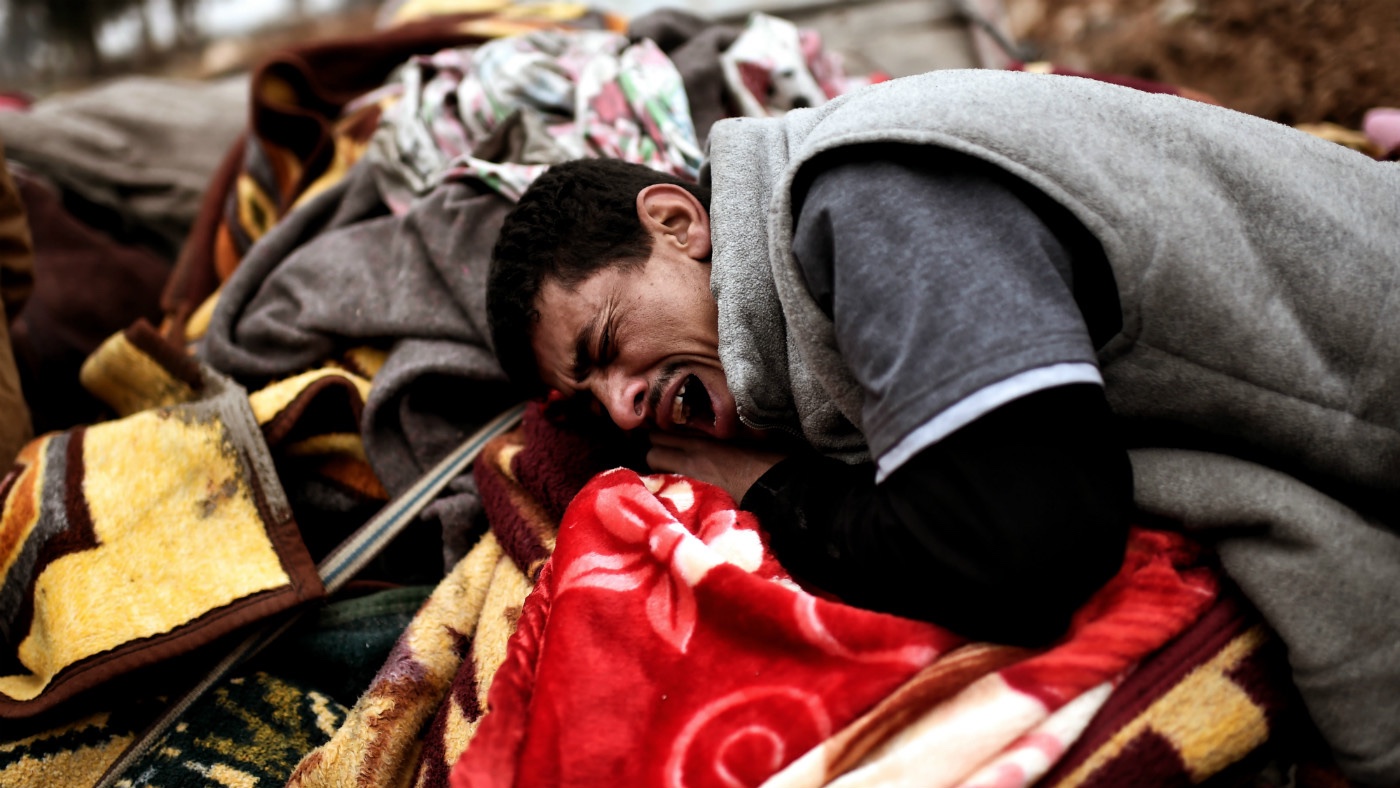
One in five US airstrikes in Iraq results in a civilian death, according to an investigation by the New York Times – more than 31 times the rate reported by the US-led coalition. Given the vast disparity, the US war against Islamic State may be the “least transparent war in recent American history”, the paper says.
Journalists Azmat Khan and Anand Gopal have disputed the US military’s claim that one civilian is killed in every 157 airstrikes and that 89 civilians were killed in the 14,000 airstrikes in Iraq. After poring over evidence from 18 months of investigation, the pair concluded the three-year air war hasn’t been nearly as precise as the US claims.
Khan and Gopal visited the sites of nearly 150 airstrikes across northern Iraq from April 2016 to June 2017, soon after Isis was evicted from them. They toured wreckage, mapped destruction through satellite imagery, interviewed hundreds of witnesses, senior commanders, legal advisers, intelligence officials and more.
The Week
Escape your echo chamber. Get the facts behind the news, plus analysis from multiple perspectives.

Sign up for The Week's Free Newsletters
From our morning news briefing to a weekly Good News Newsletter, get the best of The Week delivered directly to your inbox.
From our morning news briefing to a weekly Good News Newsletter, get the best of The Week delivered directly to your inbox.
One of the stories is from 56-year-old Basim Razzo who described how he lost his wife, daughter, brother and nephew in 2015 after an airstrike targeted both his and his brother’s homes.
“[Razzo] looked up. He was in the bedroom, but the roof was nearly gone. He could see the night sky, the stars over Mosul.”
The day of the airstrike the coalition released a video of it on YouTube, named “Coalition Airstrike Destroys Daesh VBIED Facility Near Mosul, Iraq 20 Sept 2015.” However the attack hadn’t destroyed a car bomb factory as the video described, but the Razzo family compound. Khan and Gopal say that in half of the strikes they investigated, they couldn’t find any discernible Isis targets nearby.
Razzo’s family wasn’t added to the civilian death count until the New York Times investigators brought up the information to coalition officials.
A free daily email with the biggest news stories of the day – and the best features from TheWeek.com
“This raises many troubling issues about America’s air war against Isis,” Vox says. “First, a US-led military campaign is greatly underreporting the number of civilian casualties in Iraq. That also raises questions about how many civilians the US-led coalition might be killing in Syria, the neighboring country where the fight against Isis is also taking place.”
“The US military has a civilian casualties problem.”
The US has also been contradicted in its reports of civilian deaths in Afghanistan airstrikes, recently reporting that no innocents were killed in the 4 November airstrike in Kunduz province.
However on 8 November the United Nations confirmed it believed at least 10 civilians, including teenagers, had been killed in the strikes, according to Reuters.
Resolute Support, the Nato mission through which the US is engaged in Afghanistan, said in a statement released on 14 November that they carry out all forensic actions to investigate casualty claims but that identifying civilians is still difficult. It was discovered that the civilians killed on 4 November were forced by the Taliban to collect the bodies of insurgents killed in the previous night’s strikes, Mint Press News reported.
“Our forces take every precaution to conduct all operations in a way that all civilian casualties are avoided,” an RS spokesman said in a statement. “There are times when the insurgency forces civilians to take part in activities resembling that of an enemy combatant. It’s these cases where it’s possible civilians could be mistaken as members of the insurgency based on their offensive activities and therefore engaged by a coalition air weapons team.”
“We’re not happy with it,” Col. John Thomas, a spokesman for US Central Command, told the New York Times. “But we’re pretty confident we do the best we can to try to limit these things.”
-
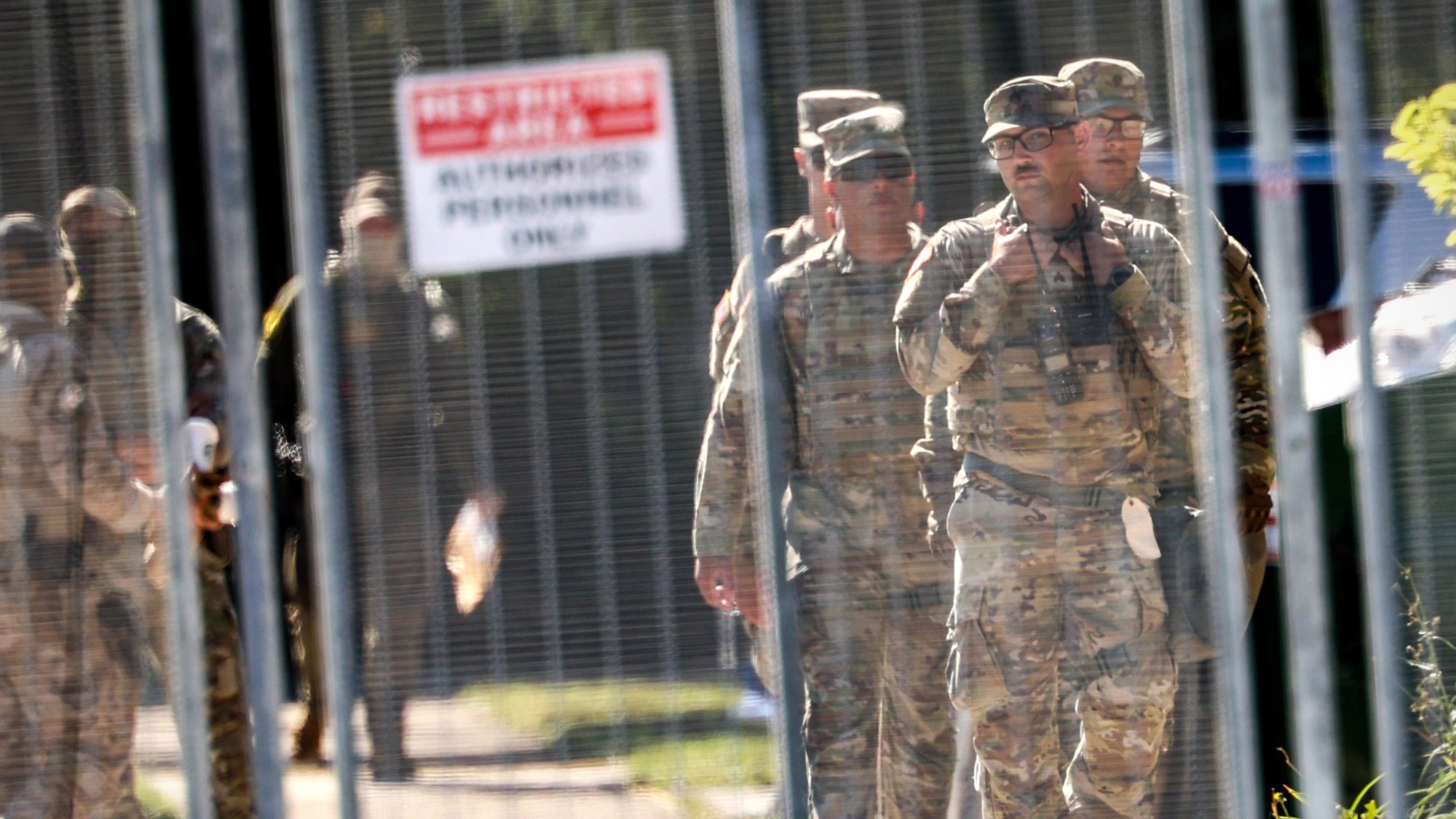 Supreme Court bars Trump’s military use in Chicago
Supreme Court bars Trump’s military use in ChicagoSpeed Read
-
 Which side is JD Vance taking in MAGA’s infighting?
Which side is JD Vance taking in MAGA’s infighting?Today’s Big Question GOP insiders are battling over antisemitism with an eye on 2028
-
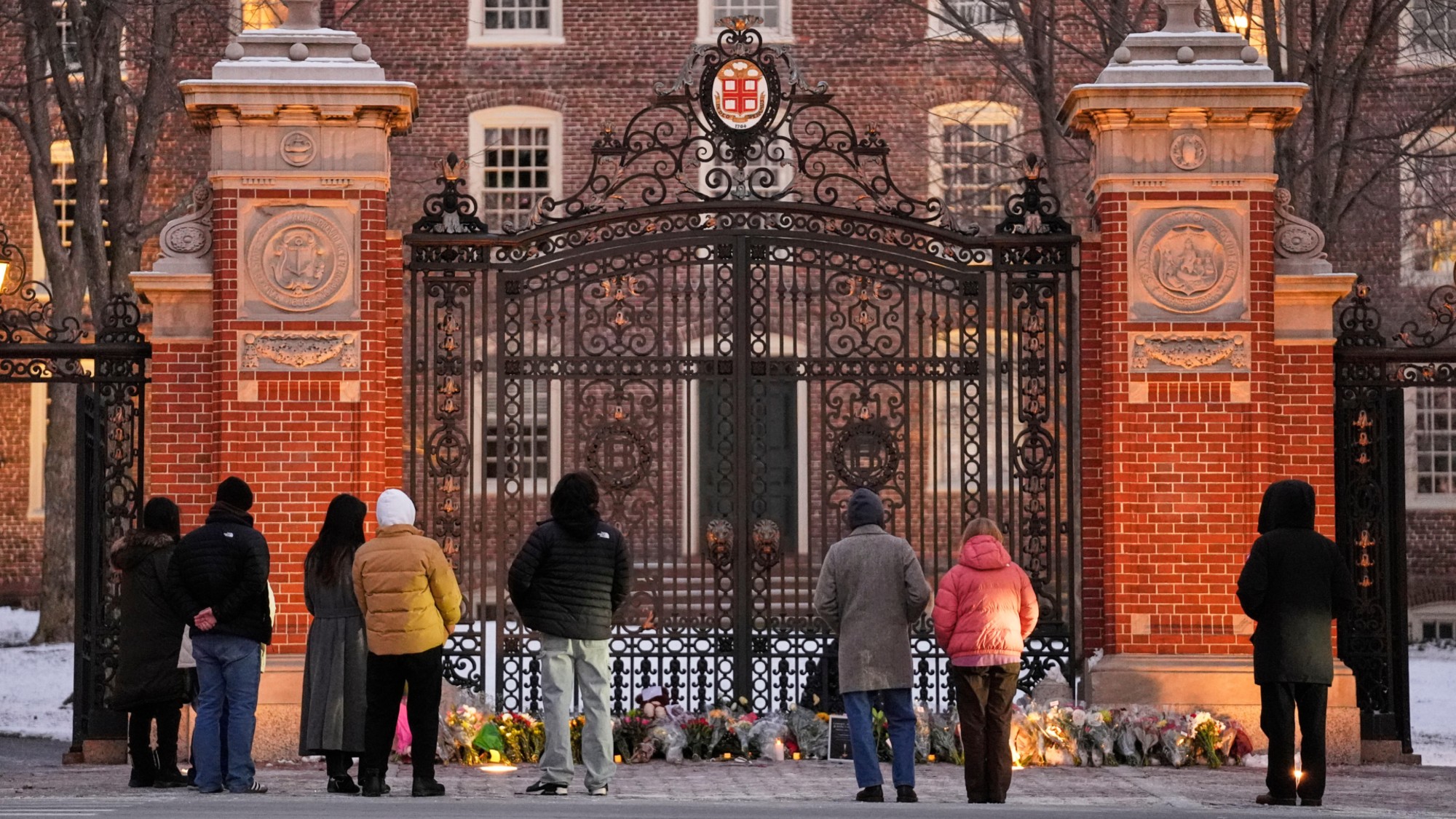 Campus security is in the public eye again after the Brown shooting
Campus security is in the public eye again after the Brown shootingTalking Points Questions surround a federal law called the Clery Act
-
 How the Bondi massacre unfolded
How the Bondi massacre unfoldedIn Depth Deadly terrorist attack during Hanukkah celebration in Sydney prompts review of Australia’s gun control laws and reckoning over global rise in antisemitism
-
 Who is fuelling the flames of antisemitism in Australia?
Who is fuelling the flames of antisemitism in Australia?Today’s Big Question Deadly Bondi Beach attack the result of ‘permissive environment’ where warning signs were ‘too often left unchecked’
-
 Ten years after Bataclan: how has France changed?
Ten years after Bataclan: how has France changed?Today's Big Question ‘Act of war’ by Islamist terrorists was a ‘shockingly direct challenge’ to Western morality
-
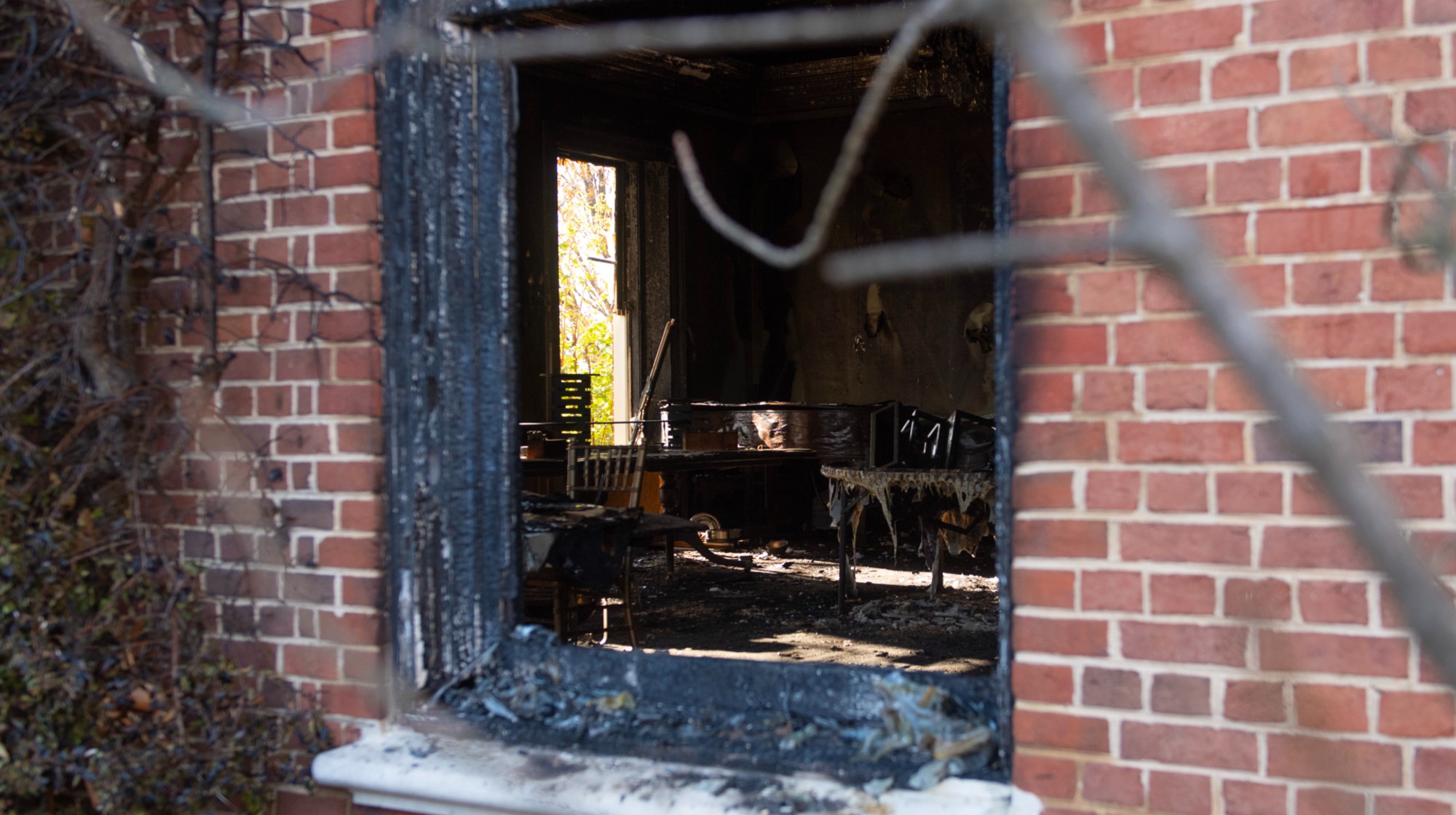 Arsonist who attacked Shapiro gets 25-50 years
Arsonist who attacked Shapiro gets 25-50 yearsSpeed Read Cody Balmer broke into the Pennsylvania governor’s mansion and tried to burn it down
-
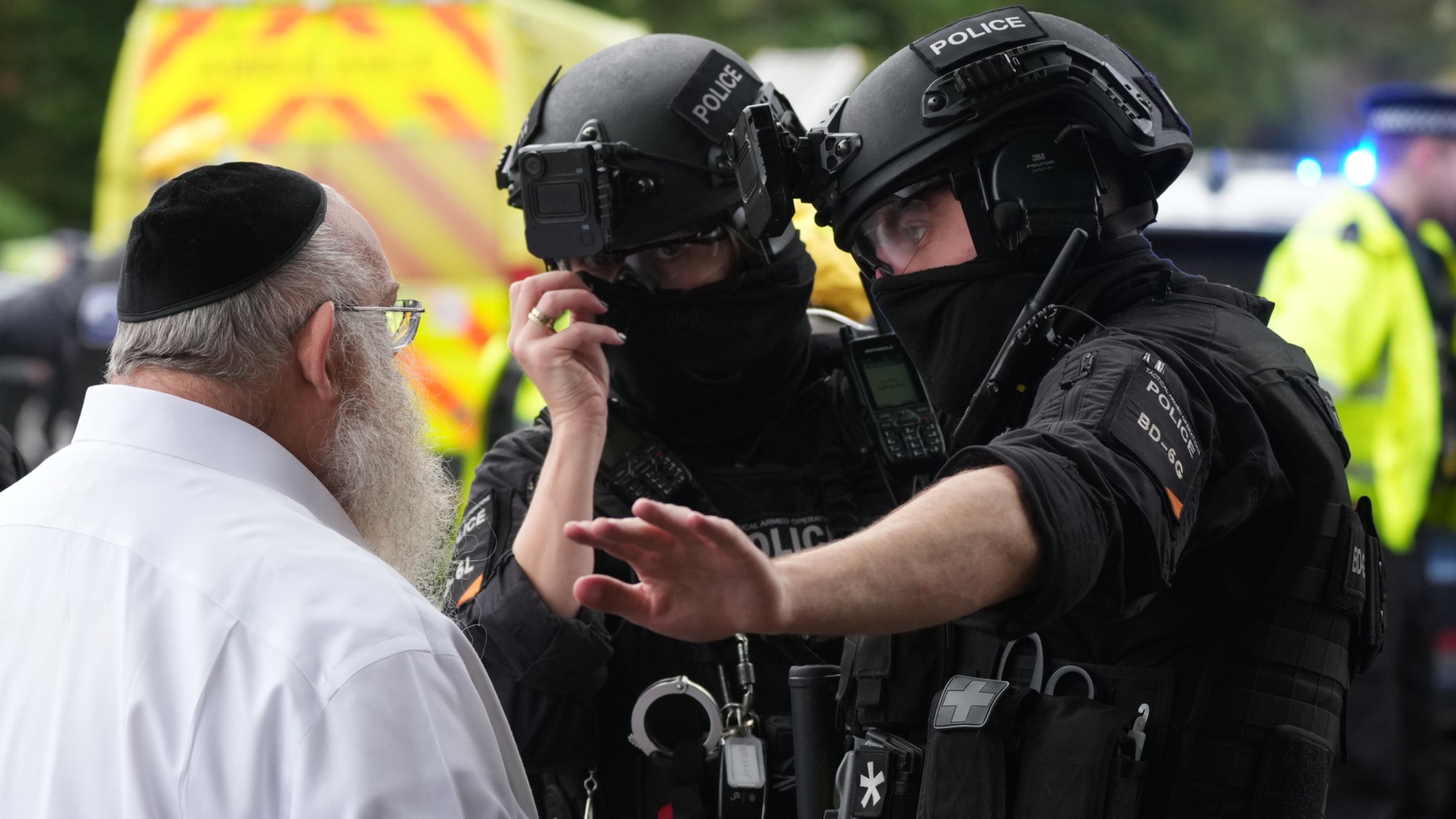 Manchester synagogue attack: what do we know?
Manchester synagogue attack: what do we know?Today’s Big Question Two dead after car and stabbing attack on holiest day in Jewish year
-
 The Miami Showband massacre, 50 years on
The Miami Showband massacre, 50 years onThe Explainer Unanswered questions remain over Troubles terror attack that killed three members of one of Ireland's most popular music acts
-
 The failed bombings of 21/7
The failed bombings of 21/7The Explainer The unsuccessful attacks 'unnerved' London and led to a tragic mistake
-
 Bombing of fertility clinic blamed on 'antinatalist'
Bombing of fertility clinic blamed on 'antinatalist'speed read A car bombing injured four people and damaged a fertility clinic and nearby buildings in Palm Springs, California